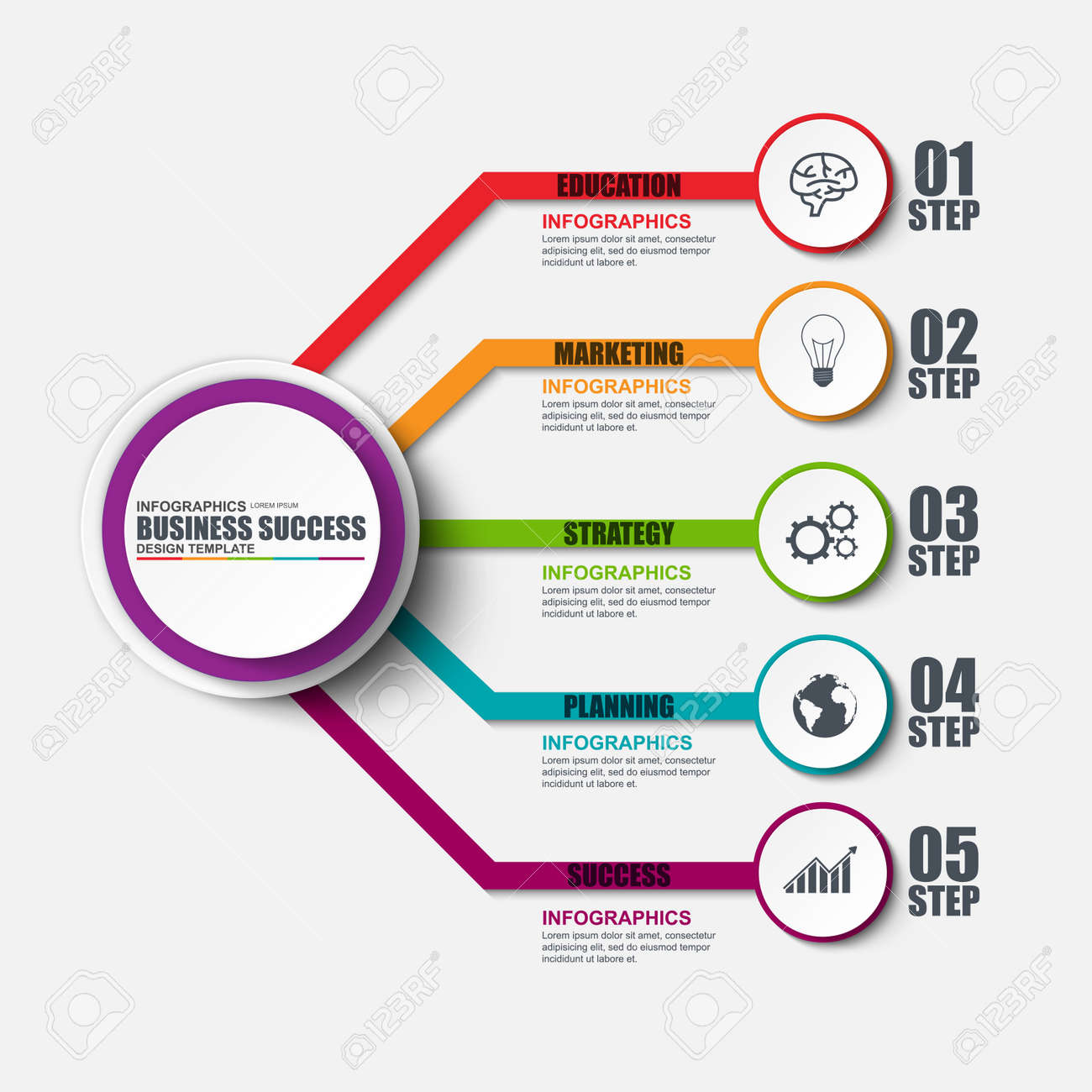Interested In Learning Exactly How Website Style Has Altered For Many Years? Check Out The Development From Basic, Straightforward Styles To User-Centered Techniques That Focus On The Demands And Choices Of On The Internet Visitors
Interested In Learning Exactly How Website Style Has Altered For Many Years? Check Out The Development From Basic, Straightforward Styles To User-Centered Techniques That Focus On The Demands And Choices Of On The Internet Visitors
Blog Article
Article By-Lamb Wren
In the past, web sites were simple and concentrated on information. Navigating was direct, and design was for desktop computers. Currently, user experience is crucial. Information overviews styles for easy navigation. Responsive designs suit different tools. Today, dark setting lowers pressure, and minimal food selections improve navigation. Interactive features engage individuals, and strong visuals attract attention. AI integration increases involvement. See just how layout has actually evolved to improve your on the internet journey.
Early Days of Web Design
In the very early days of web design, simpleness preponderated. Sites were fundamental, with restricted colors, fonts, and layouts. The focus got on giving information rather than showy visuals. Individuals accessed the net through slow dial-up links, so speed and functionality were vital.
Navigation food selections were straightforward, commonly situated at the top or side of the web page. Sites were designed for home computer, as mobile surfing had not been yet common. Web content was king, and designers focused on simple readability over intricate design aspects.
HTML was the key coding language made use of, and designers needed to function within its constraints. Computer animations and interactive functions were very little compared to today's requirements. Websites were static, with little vibrant content or tailored individual experiences.
Rise of User-Focused Style
With the advancement of web site layout, a change in the direction of user-focused style principles has actually become significantly famous. Today, developing web sites that focus on customer experience is critical for engaging visitors and accomplishing organization goals. https://jaidenztlew.elbloglibre.com/29855006/unlock-the-complete-potential-of-your-site-by-making-use-of-expert-on-page-search-engine-optimization-methods-to-boost-your-online-presence-and-engage-your-target-audience-successfully -focused design includes understanding the requirements, preferences, and habits of your target audience to customize the web site's layout, material, and features accordingly.
Designers now conduct comprehensive research, such as user surveys and usability testing, to collect insights and comments directly from customers. This data-driven strategy aids in creating instinctive navigating, clear calls-to-action, and visually enticing interfaces that resonate with visitors. By putting the customer at the center of the design process, web sites can supply an extra customized and enjoyable experience.
Responsive layout has actually also emerged as a vital aspect of user-focused layout, guaranteeing that sites are optimized for numerous gadgets and screen sizes. This flexibility boosts accessibility and functionality, satisfying the varied ways customers engage with websites today. Essentially, the increase of user-focused style symbolizes a shift towards producing electronic experiences that prioritize the requirements and assumptions of the end customer.
Modern Trends in Website Design
Explore the most up to date fads shaping web design today. One famous fad is dark mode design, providing a streamlined and modern look while lowering eye strain in low-light atmospheres. Another crucial fad is minimalist navigation, simplifying menus and improving individual experience by concentrating on essential elements. Incorporating micro-interactions, such as animated switches or scrolling results, can create an extra engaging and interactive internet site. Receptive design remains vital, ensuring seamless user experiences throughout numerous devices. Additionally, using vibrant typography and asymmetrical designs can add visual rate of interest and draw attention to specific material.
Integrating AI innovation, like chatbots for consumer assistance or customized recommendations, improves individual interaction and streamlines processes. https://sflcn.com/6-local-seo-tips-to-get-more-customers-to-your-south-florida-business/ has also become a considerable fad, with developers focusing on comprehensive layout practices to cater to varied user needs. Embracing sustainability by optimizing site performance for rate and effectiveness is one more arising fad in website design. Working together with user comments and information analytics to iterate and improve layout continuously is necessary for remaining pertinent in the ever-evolving electronic landscape. By embracing these contemporary fads, you can create a visually appealing, straightforward web site that resonates with your audience.
Final thought
As you assess the development of website layout from the early days to currently, you can see just how user-focused layout has actually ended up being the driving force behind contemporary patterns.
Accept the trip of modification and adaptation in website design, always keeping the individual experience at the center.
Stay current with the current trends and technologies, and never stop advancing your method to develop visually sensational and easy to use websites.
Advance, adapt, and create - the future of web design remains in your hands.
